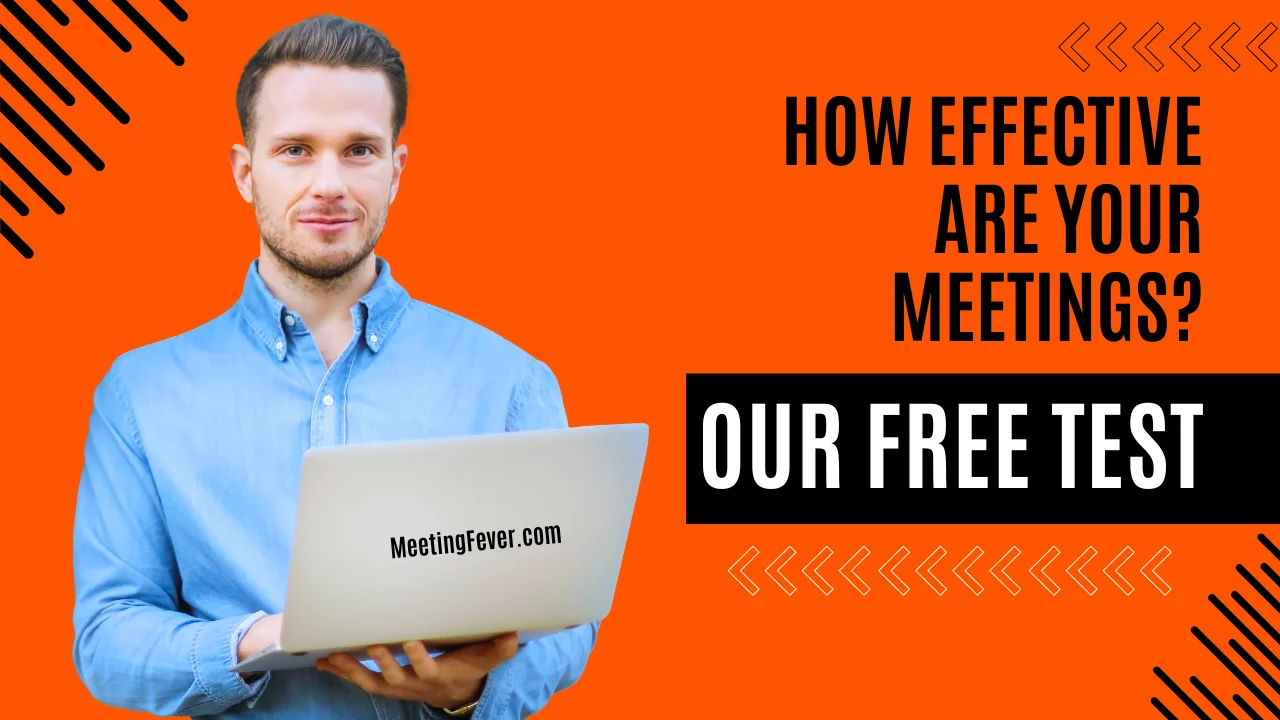An effective meeting is a gathering where each participant is clear about the purpose, time is utilized efficiently, and everyone is actively engaged in the discussion or activity at hand. It involves well-defined objectives, a well-prepared and structured agenda and the active participation and collaboration of all attendees.
Communication is clear and succinct, each point is addressed analytically, contingent plans are in place, and the decision-making process is democratic. Post-meeting, the minutes or summary are shared, roles and responsibilities for follow-ups are clearly defined, and the outcomes align with the original goals, leading to a forward momentum in the overarching plan or goal.
Our meeting philosophy
You will find numerous guides on the subject of meetings on our website, including many step-by-step instructions. This guide is a little more detailed, as we want to explain more about the background to efficient meetings. In our view, making inefficient meetings more efficient is a combination of corporate culture, processes and tools. On the one hand, there must be clear rules for meetings for all members of the team, but on the other hand, clear processes for preparing and following up meetings should also be established, and the team must be equipped with the right software tools for this.
Here are our 3 most important principles for more efficient meetings summarized:
1. Cancel meetings without clear objectives
You should always question meetings that do not have a clear objective. It doesn’t matter whether they are one-off appointments or recurring meetings in your calendar. Recurring meetings in particular often have no clear objectives, which makes these meetings drag on forever.
2. Meetings should be prepared
Basically, we divide a meeting into 3 phases: Preparation, execution and follow-up. In most teams, only phase 2, the execution, actually takes place. Before the meeting, each participant must take time to write their agenda items – we recommend a collaborative agenda, i.e. the agenda is not only written by the manager, but by all participants.
3. Meetings should be documented
In most teams, we have found that meetings are not sufficiently documented. This has an impact on the whole culture because there is then no other way to retrieve information from a meeting than to attend the meeting itself. Well-structured meeting notes can be very helpful, for example, you can share them with team members even if they did not attend the meeting. Especially in weekly team meetings, it is often the case that some participants have nothing to contribute and then waste their time.




